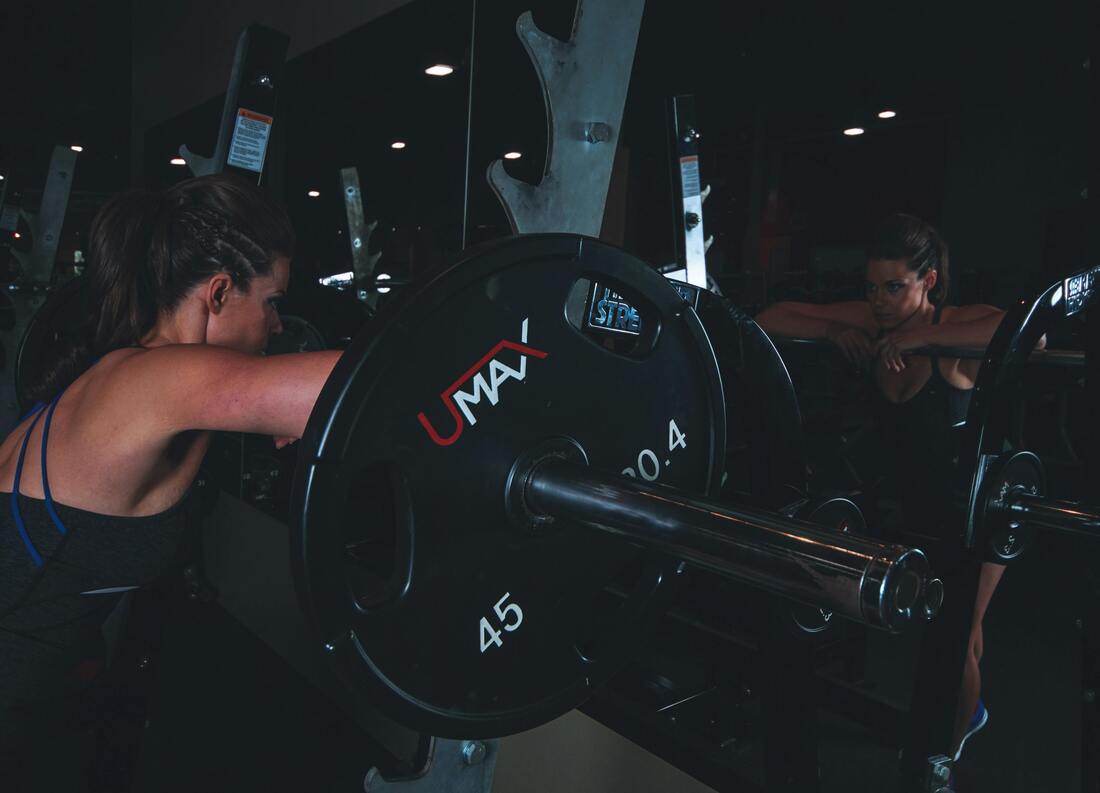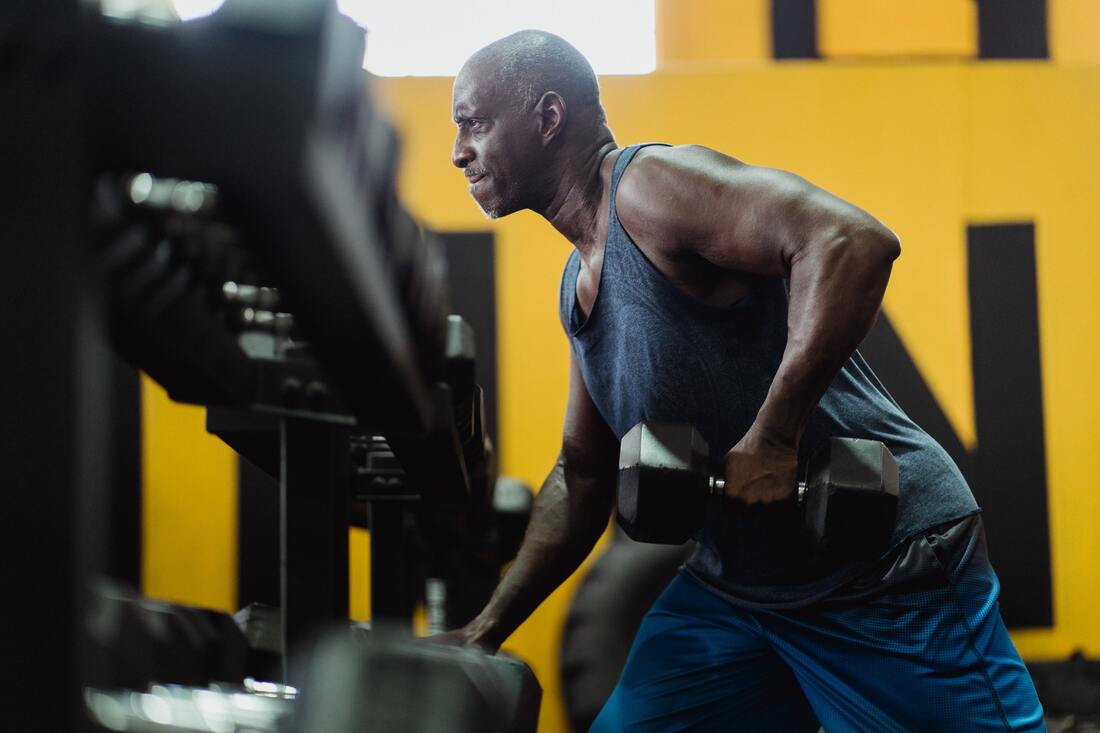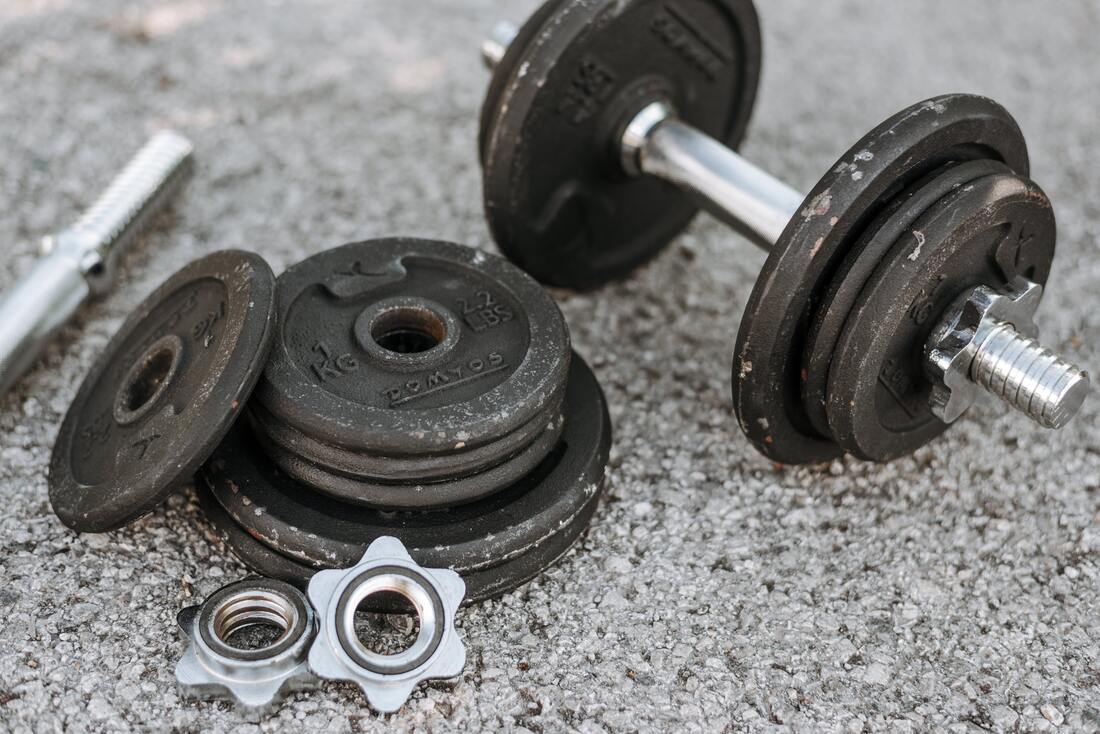|
If you opened my old personal training textbook, you’d find the following recommendations:
These are pretty common to this day. You might also be familiar with the claim that shorter rest intervals of around 30 seconds are better for hypertrophy (muscle growth) because they result in a greater increase in growth hormone, testosterone, and IGF-1––all of which theoretically make a positive contribution to hypertrophy––than longer rest intervals. How accurate is any of this? Read on to find out!
0 Comments
Protein is crucial to supplying muscle tissue with the building blocks it needs for its growth. In no particular order:
Exercise to stimulate, not to annihilate. The world wasn’t formed in a day, and neither were we. Set small goals and build upon them. The start of the year is an exciting time for fitness.
You may be super motivated right now, which is fantastic. There’s no better mental place to get started! But are your habits up to the task? Fat loss and muscle gain are often oversimplified as a matter of calories, protein, and resistance training. While these are fundamental components of the physique development process, fat loss and muscle-building phases require a lot more if you want to get the best results possible. That’s why, when I take on a new client, I don’t plunge them into a deficit or a surplus on Day 1. This approach could do them more harm than good if they didn’t have certain key habits in place, which I help them develop over the initial weeks of coaching. Some of these habits are always a priority, whereas others are more important in a deficit and less so in a surplus, or vice versa. Let’s start with the habits that are always a priority, no matter the phase. The last three or four reps is what makes the muscle grow. This area of pain divides the champion from someone else who is not a champion. That’s what most people lack, having the guts to go on and just say they’ll go through the pain no matter what happens. To build muscle effectively, you need to train hard.
Muscular or technical failure is the epitome of “hard training”, but doing this all the time can have a number of downsides – like an increased injury risk and an inability to recover – that can actually prevent you from maximising your progress. However, it’s easy to tell when you hit failure. On the other hand, it’s not so easy to stop before failure and still train hard enough to stimulate meaningful muscle growth. The reps in reserve-based (RIR) rating of perceived exertion scale (RPE) is an evidence-based tool that helps you do exactly that. I’ve personally applied it in my own and my clients’ training with great success for the past three years. If you want to learn more about what the RPE scale is and how to use it, read on. |
Nikias TomasielloWelcome to my blog. I’m an online fitness coach with a passion for bodybuilding, fantasy, and bread. Want to work with me? Check out my services!Archives
May 2024
Tags
All
|
Follow me on social media |
Get in touch |
© 2018-2023 Veronica Tomasiello, known as Nikias Tomasiello – All rights reserved






 RSS Feed
RSS Feed